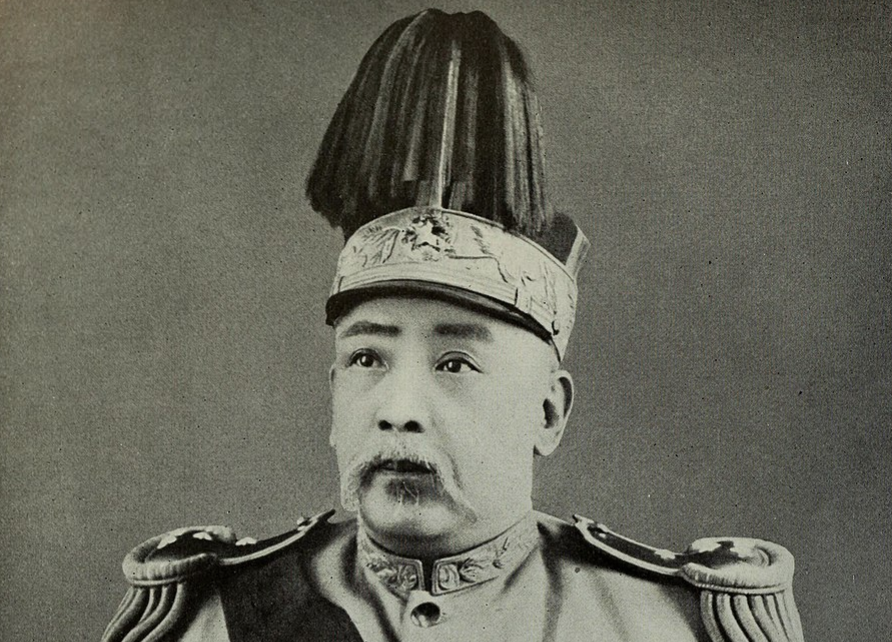
Yuan Shikai attempted to reign over China in the early 1900s. He was unsuccessful and had a reign that only lasted 83 days. But who was Yuan Shikai, who ended the famous Qing Dynasty and failed to create a dynasty of his own?
He was born in the Zhangying village on 16 September 1859, but his family clan later moved to a hilly area near Xiangcheng that was easier to defend, where they built the fortified village of Yuanzhaicun.
Yuan Shikai received a traditional Confucian education thanks to his family’s money. Later he failed the Chinese imperial exams twice in his attempt to become a civil service officer. However, this did lead him to politics via the military, as many of his family members served in the Huai Army.
He married Yu Yisdong in 1876 and later married nine other women – concubines – throughout his life. He went on to have 17 sons and 15 daughters with his ten wives (three of whom were Korean).
Yuan Shikai spent time in Korea during the time of the Joseon Dynasty as part of a military brigade sent into the country. China sent troops into Korea with an agreement with Korea’s monarch to help train his troops, and Shikai was in charge of the training. He was later appointed Imperial Resident of Seoul after helping suppress the Gapsin Coup.
Tension at the time with Japan was great, and the two countries later signed a treaty agreeing to not send troops into Korea without notifying each other, even though Korea was a protectorate of the Qing Dynasty. War later broke out after China sent troops into Seoul to protect Chinese interests, leading to Japan also sending in troops. However, Shikai was recalled back to China in 1894 before the beginning of the First Sino-Japanese War.
It wasn’t until almost 20 years later that Yuan Shikai tried to become emperor.
After his return to China, he was appointed the new commander of the New Army the following year and had the Qing dynasty relying heavily on his military as time went by. In 1899, he had an ally in the Dowager Empress and was made Governor of Shandong Province.
Fast forward to 1911 and an uprising began in Hubei province, and Yuan Shikai negotiated the abdication of the child emperor, Puyi, in exchange for becoming president. The abdication was signed, without Shikai’s presence, in 1912.
China attempted to become a republic and held elections with conflicts between the new political factions (Chinese Nationalist Party and Shikai) and how to balance the government. By 1913, rival Sun Yat-se fled to Japan and called for a second revolution. Meanwhile, Shikai took more power. By January 1914, the Chinese parliament was dissolved, and he reorganised the governments of the provinces.
It wasn’t long before he started re-instituting elements of Confucianism, and in 1915 rumours were going around about reviving the monarchy. Supporters of Shikai campaigned for him to take the throne, and on 20 November 1915, he was unanimously elected as monarch in a so-called “Representative Assembly.” He accepted on 12 December and proclaimed himself Emperor under the name Hongxian Emperor.
The new Chinese empire was set to begin on 1 January 1916.
He thought he’d have domestic and international support after he took the throne, but that was not the case. Supporters abandoned him after he became monarch, and protestors took to the streets. His sons fought over who should be heir, and his rival, who fled to Japan, organised republican efforts to overthrow him.
The Hongxian Emperor’s reign was short-lived. The provinces were unhappy with his reign (including the military governors he placed in the provinces to rule). Two provinces rebelled, and funding for the Emperor’s coronation was cut in early March. He abdicated on 22 March 1916 – after only reigning for 83 days.
Yuan Shikai died on the morning of 6 June 1916 from uremia.

